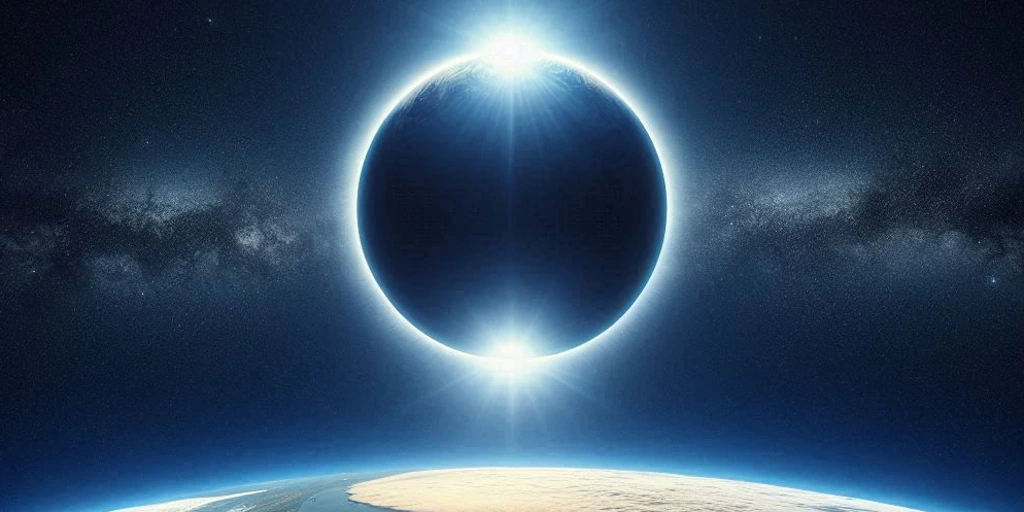There is nothing like a total solar eclipse to study its complex atmosphere and the not yet fully known processes that make up the so-called ‘space weather’. That is why astronomers try not to miss a single one of these eclipses, and do not hesitate to travel to even the most remote places in the world, anywhere to have the best possible visualization. However, seen from Earth, solar eclipses have a problem, and that is that they are too short, between 10 seconds and 7 and a half minutes. Too little time to do an in-depth study.
But what if it were possible to observe, from space, much longer eclipses, say almost an hour long? That is precisely the idea of a team of researchers from the University College de Londreswho are working on the next launch of a mission that will allow us to observe the solar corona in more detail than ever. Called MESOM, the mission will allow scientists to study in unprecedented detail the conditions that create solar storms, leading to improvements in forecasts of space weather on Earth.
Most of the time, space weather doesn’t pose a danger to people or animals, but solar flares and eruptions known as ‘coronal mass ejections’ can cause serious disruptions to power grids, satellites, and other areas. communication technologies on which modern society depends.
One eclipse a month
To achieve its goal, the MESOM spacecraft, which will be launched early in the next decade, will fly in a very peculiar trajectory, only possible thanks to the combination of the gravitational attractions of the Earth, the Sun and the Moon, and will use the shadow of the latter to create a total solar eclipse in the space of 50 minutes, something you can do once every lunar month.
For Lucie Green, a member of the team leading the mission, MESOM will offer scientists a unique opportunity to study and understand how the Sun creates and controls the weather in space. But MESOM also offers the general public the opportunity to participate in the beauty and spectacle of a total solar eclipse, as all of our images will be available. Our goal is to reveal the secrets of the Sun while inspiring a new generation of space scientists and engineers.
Huw Morgan, from Aberystwyth University and also a member of the MESOM leadership team, believes the mission is incredibly exciting and will advance our scientific understanding of the solar atmosphere and space weather to new levels, allowing us to make more accurate forecasts and take mitigation measures.
Both solar flares and coronal mass ejections – explains Nicola Baresi, another member of the team – originate in the innermost layers of the solar atmosphere, which remains difficult to reach for current space instruments and only It can be seen in greater detail during total eclipses. By creating eclipses in space that last up to 48 minutes, instead of the maximum 7.5 minutes we see on Earth, we will have a much better chance of discovering the Sun’s secrets.

